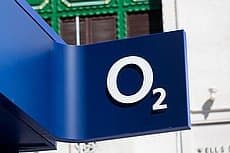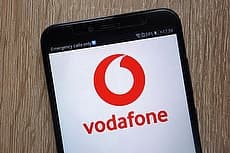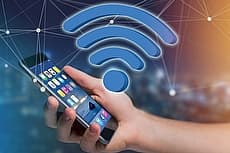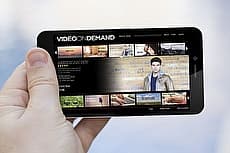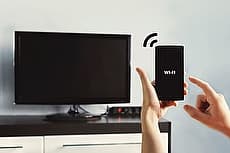Compare deals on smartphones, SIM only plans and mobile wi-fi
In-depth reviews of UK mobile networks and performance
View more reviewsLatest mobile news and updates
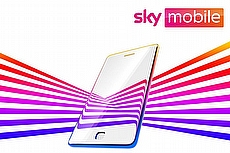
06 January 2026
Sky Mobile confirms price rise - and 30-day exit window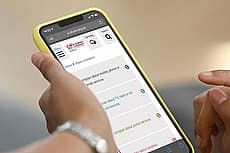
19 December 2025
Ofcom investigates BT and Three after mobile call outages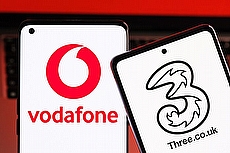
19 December 2025
VodafoneThree brings 400 customer service jobs back to the UK
08 November 2025
Vodafone and Three UK to hike mid-contract price increasesHow to compare mobile plans with Choose
How do I compare mobile phone deals by handset?
The mobile phone comparison table allows you to search by a specific manufacturer and handset, listing all the deals from the main networks for each mobile phone.
The mobile deals can be furthered filtered by entering any preferences about the tariff, such as data and calling use, contract type and specific network.
It's then possible to order the results by price or contract length to find the right mobile phone deal for you.
How do SIM only plans work?
Mobile SIM only plans are basically mobile tariffs without the handset - this means they're often a very cheap way to get a mobile plan, but you'll need to have a handset already or purchase one separately.
Mobile SIM plans are available both for pay monthly customers and with pay as you go options too. It's possible to choose different data allowances, from ultra low-cost 3GB plans to unlimited use plans.
The majority of SIM only plans now offer unlimited calls and texts, although the very cheapest plans may limit these to a set amount. Even the smallest allowances of 1000 minutes per month still offer 30 minutes of calling time per day.
If you already have a mobile phone, unlocked devices are now required by Ofcom, and so unlocking should be straightforward via the network you purchased the phone from. This means you can choose from any mobile provider for a new SIM only deal.
Which mobile broadband device should I choose?
There are three main types of mobile broadband device to choose between:
- USB dongles
- Mobile wi-fi hotspots
- Home wi-fi routers
The most common of these is the mobile wi-fi hotspot - it's a small device that creates an internet connection over wi-fi but using the mobile network. They're available for both 4G and 5G connections, although 5G devices will be more expensive so it's worth ensuring you have 5G coverage in your area first.
Mobile wi-fi hotspots allow multiple devices to connect to the wi-fi network at once, although unlike home wi-fi routers, they're more limited to just a few nearby devices.
Home mobile broadband routers are newer devices that work more like fixed-line broadband routers. They usually require a mains power supply, so can't be used on the go, but with large data allowances and good wi-fi coverage, they can provide a realistic alternative to fixed-line broadband in the home.
Which network has the best coverage?
While mobile coverage varies depending upon location, each of the four mobile networks offer at least 90% 4G indoor coverage across the UK.
At Choose we offer expert analysis in our guides to help reveal how each of the mobile networks are performing. We've currently crowned EE the best network for coverage in our research guide, and look more into how each provider performs in different UK nations and more rural areas.
When will 5G be available in my area?
While the 5G rollout has been underway a few years now, it's so far only reached a limited number of towns and cities around the UK - with differences in coverage and speed between the providers.
We have a full guide to the 5G rollout and coverage, but EE and Three are currently performing the best for 5G services.
How do I find more information on mobile plans?
For more information on mobile plans and handsets we have a comprehensive guide covering topics including how wi-fi calling works; streaming on mobile; annual price rises; and more.
To find the information you need use our search page or browse our mobile guides here.
Why compare with Choose?
We are independent of all of the products and services we compare.

We order our comparison tables by price or feature and never by referral revenue.

We donate at least 5% of our profits to charity, and we have a climate positive workforce.

Read more about the Choose Promise




